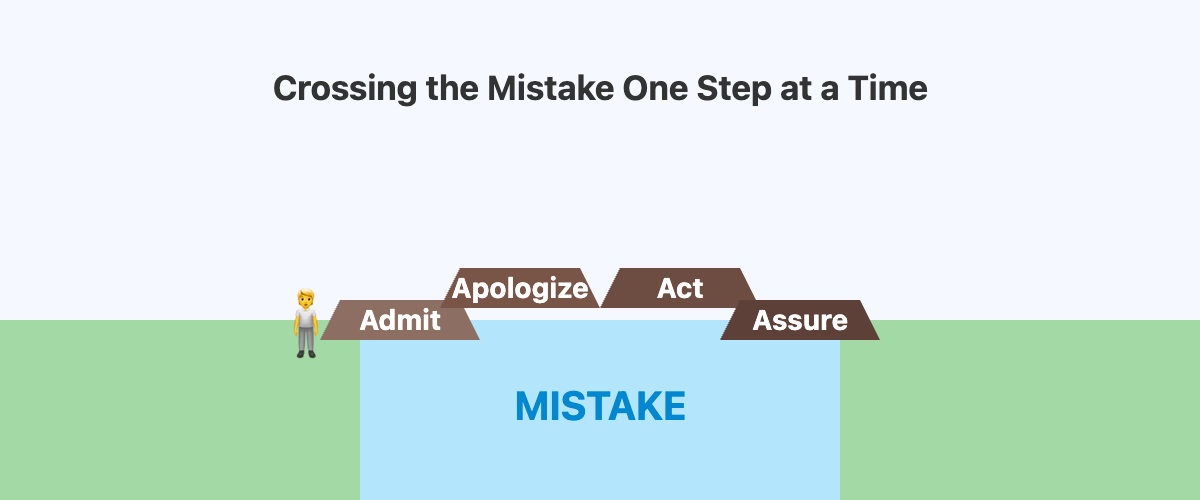Supporting executives in a fast-paced environment means making quick decisions — while also knowing when to pause, clarify, or escalate. Think of yourself as a gatekeeper at a VIP event: you manage the flow, decide who gets access, and make sure only the right requests reach your executive. You keep things moving smoothly, but you never let anyone past the velvet rope without the proper clearance.
Here are some ways to respect decision boundaries and avoid overcommitting:
- Know which decisions you can make independently and which require your executive’s input, so you avoid promising anything outside your authority.
- Clarify any requests that are vague or incomplete before taking action to ensure you make the right decisions and follow up appropriately.
- Take ownership of mistakes and focus on solutions, not blame, to demonstrate accountability and build trust.
Your executive relies on you to filter requests and act with confidence without overstepping. You won't have authority to approve every request, and that is when we can implement the ACT framework:
- Authority: Is this within my authority or knowledge?
- Consequences: What are the possible impacts of this decision?
- Timing: Does this need immediate action, or can it wait for clarification or escalation?
The ACT framework gives you a quick gut-check before you say “yes” or take action. If you’re unsure at any step, pause and clarify or escalate before moving forward.
For example, if a colleague asks you to approve a budget increase, but you don't have that authority, the best response is "Let me check with the executive and get back to you."
Another example is if someone needs to reschedule a routine meeting and you know your executive's preferences ahead of time, the best response is "I've moved your meeting to Thursday at 2pm, as that fits the executive's availability."
When a colleague asks you to approve a budget increase, but you don’t have that authority, the best response is:
“Let me check with [Executive] and get back to you.”
If someone needs to reschedule a routine meeting and you know your executive’s preferences, you can reply:
“I’ve moved your meeting to Thursday at 2pm, as that fits [Executive]'s open slot.”
A quick rule of thumb:
- If a request impacts budget, strategy, or external commitments, then escalate.
- If it’s routine, low-risk, and within your knowledge, then proceed.
Sometimes executives move so fast that they may send an incomplete or unclear request here and there. When this happens, don't assume or guess — always clarify for details.
Let us look at an example of how this may play out:
- Jake: Hi Victoria, I saw your message about ordering end-of-the year gifts for the team. Could you let me know which team members you’d like to include, and if you have a budget or specific items in mind?
- Victoria: Great question! Let’s do gifts for the whole product team, and keep it under $50 per person. I’m open to suggestions, but something practical would be nice.
- Jake: Thanks for clarifying! I’ll put together a few options and share them with you before placing the order.
- Victoria: Sounds perfect—thanks for checking in!
Notice how Jake asks for specifics instead of making assumptions. This approach keeps things on track and ensures alignment with her executive’s expectations.
Mistakes happen, even with the best intentions. If you provide incorrect information or make a commitment outside your authority, take responsibility and focus on solutions.
For instance, if you accidentally booked travel for your executive without confirming their preferences, acknowledge the error and outline your next steps:
“Thank you for pointing this out. I realize I booked the wrong flight and take full responsibility. I’ll contact the airline to make the necessary changes and ensure I double-check preferences in the future. Please let me know if there’s anything else I can do to make it right.”
This kind of response bridges the gap again by Admitting to the fault, Apologizing, taking Action to focus on the solution, and provides Assurance that it won't happen again in the future. We can remember this as the AAAAccountability Bridge.

By consistently clarifying, escalating when needed, and taking ownership of your actions, you build trust and credibility with your executive. You’ll have the chance to practice these skills in the practice sessions, helping you strengthen your judgment and confidence in real-world situations.
